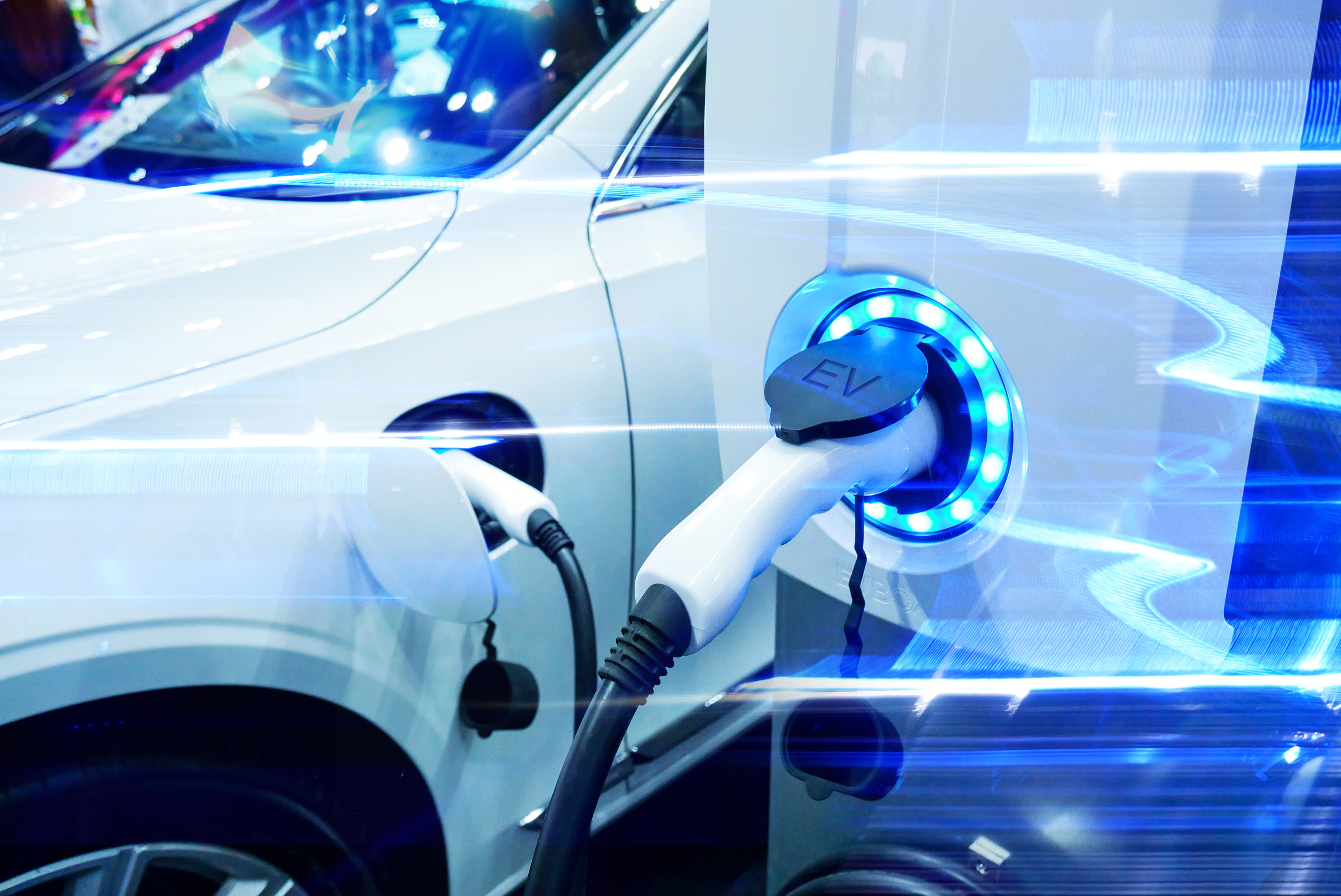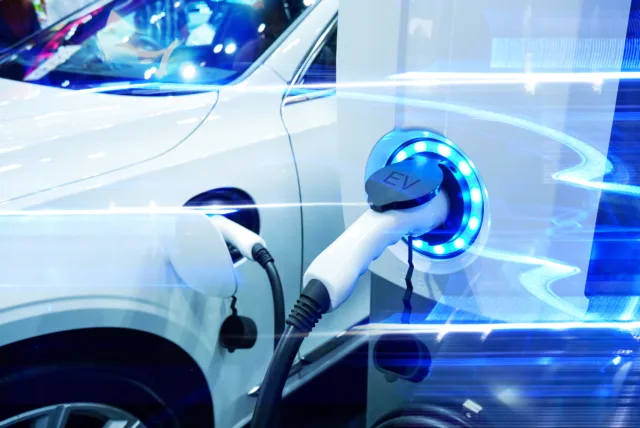If there’s one company that can challenge Tesla’s dominance in EVs, it’s BYD.
When investors talk about electric vehicles (EVs), Tesla usually dominates the conversation. But behind the scenes, another automaker has been quietly building an empire — BYD Company (BYDDY 4.29%). Once dismissed as just another Chinese carmaker, BYD has turned itself into the world’s largest EV producer, and one of the few that’s profitable at scale.
What sets it apart isn’t just its size. BYD’s competitive edge lies in three powerful advantages: deep vertical integration, manufacturing scale, and proven leadership.

Image source: Getty Images.
Vertical integration: The foundation of BYD’s cost advantage
One of the biggest trends in manufacturing over the last few decades is to outsource as much as possible to keep the company asset-light and lean. That’s a strategy that has defined modern production in the West.
Unsurprisingly, most automakers rely on outside suppliers for different parts, including batteries, chips, and motors. BYD doesn’t. It designs and builds nearly everything in-house — from its signature Blade Battery to semiconductors, powertrains, and even its own shipping fleet. It even owns its own lithium mines to secure the raw materials for battery production.
This kind of integration isn’t glamorous, but it’s the reason that BYD has thrived while others struggled with supply shortages. It controls its destiny from raw materials to final delivery. When lithium prices surged, BYD absorbed the shock far better than its rivals, which bought batteries externally. When ports were congested, BYD loaded its vehicles onto its own roll-on/roll-off ships.
The result? Lower costs, faster production cycles, and consistent profitability in an industry known for volatile margins. Few automakers — legacy or start-up — can match that kind of end-to-end control.

BYD Company
Today’s Change
(-4.29%) $-0.58
Current Price
$12.93
Key Data Points
Market Cap
$149B
Day’s Range
$12.89 – $13.25
52wk Range
$10.58 – $20.05
Volume
1.9M
Avg Vol
2.5M
Gross Margin
17.17%
Dividend Yield
0.01%
Global manufacturing scale
BYD’s integration feeds directly into its scale. The company built and sold a staggering 4.27 million new-energy vehicles in 2024, up roughly 41% year over year — more than double Tesla‘s total. One of its Chinese mega-plants produced over a million vehicles last year, supported by four assembly lines running around the clock.
This scale advantage matters for three reasons. First, it drives down unit costs, letting BYD price aggressively while still protecting margins. Second, it creates extreme learning-curve efficiencies — every vehicle BYD builds makes the next one cheaper and faster to produce. Third, it gives the company credibility as it expands overseas.
Besides, BYD isn’t just scaling within China. It’s exporting its manufacturing model globally by setting up plants in Asia and Latin America. Each site is strategically positioned to avoid tariffs, shorten supply routes, and meet local demand. That’s not opportunistic expansion; it’s a calculated move to build a durable global footprint.
Such a massive reach does bring problems, especially in the area of execution. Global expansion means new labor rules, quality standards, and local competition. Still, BYD’s operational know-how and experience — forged over years of mass production — give it a better starting position than most in this global EV race.
Proven leadership
For all the talk of Tesla’s innovation, BYD leads the world in EV volume. According to Autovista, the Chinese automaker controlled roughly 22% of the global new-energy vehicle market in 2024. Tesla held the second position with 10%. That year, BYD’s revenue hit 777 billion yuan (about U.S. $106 billion ), with 40 billion yuan in net profit — up more than 30% from the prior year.
This isn’t just about selling more cars. It’s proof that BYD can grow at scale while staying profitable — a rare feat in the EV industry, where most competitors are still burning cash. To this end, management has been a significant strength. Founder and CEO Wang Chuanfu, a chemist by training, has led the company for nearly three decades and still holds significant ownership. That kind of technical leadership and long-term focus helps build an enormous moat, both technologically and culturally.
BYD has also built credibility with global governments and partners. It supplies electric buses to over 100 major European cities across 20 countries, has strong relationships with policymakers, and is steadily improving its brand recognition globally.
In other words, the Chinese company has positioned itself well for further expansion in the years to come.
What does it mean for investors?
BYD’s combination of integration, scale, and leadership forms a flywheel that keeps reinforcing itself. Integration lowers costs, scale amplifies efficiency, and leadership attracts more customers and talent. Together, they create an economic machine that’s difficult to replicate.
Of course, challenges remain. BYD’s home market in China is brutally competitive, with dozens of EV brands fighting for share. Price wars could pressure margins, and geopolitical frictions could slow its push into Western markets. The company also has work to do on brand perception, especially in the premium segment.
Still, for investors betting on the global shift to electrification, BYD isn’t just another Chinese automaker — it’s arguably one of the most strategically positioned EV companies in the world right now. It’s a company worth keeping a close watch on.









